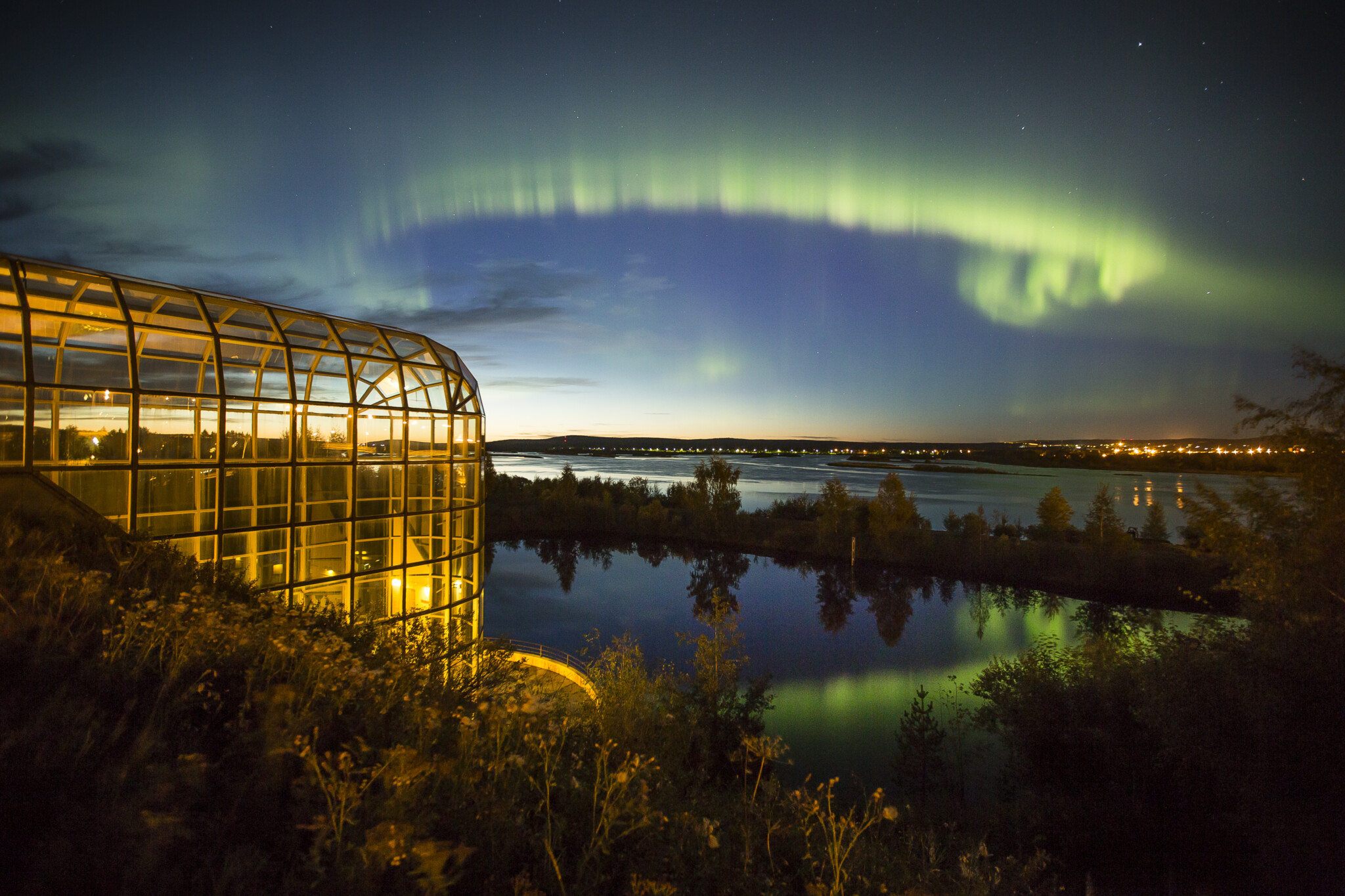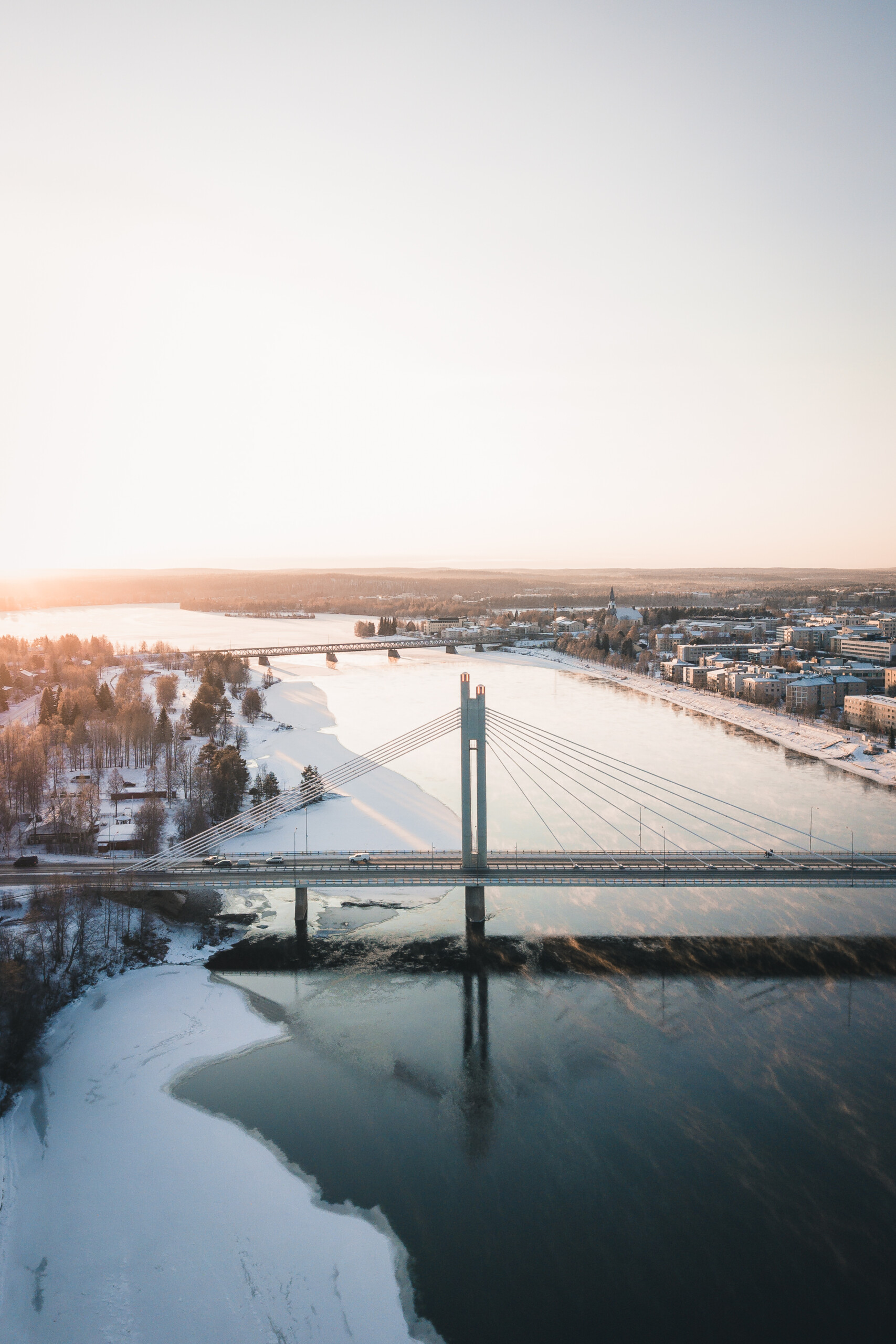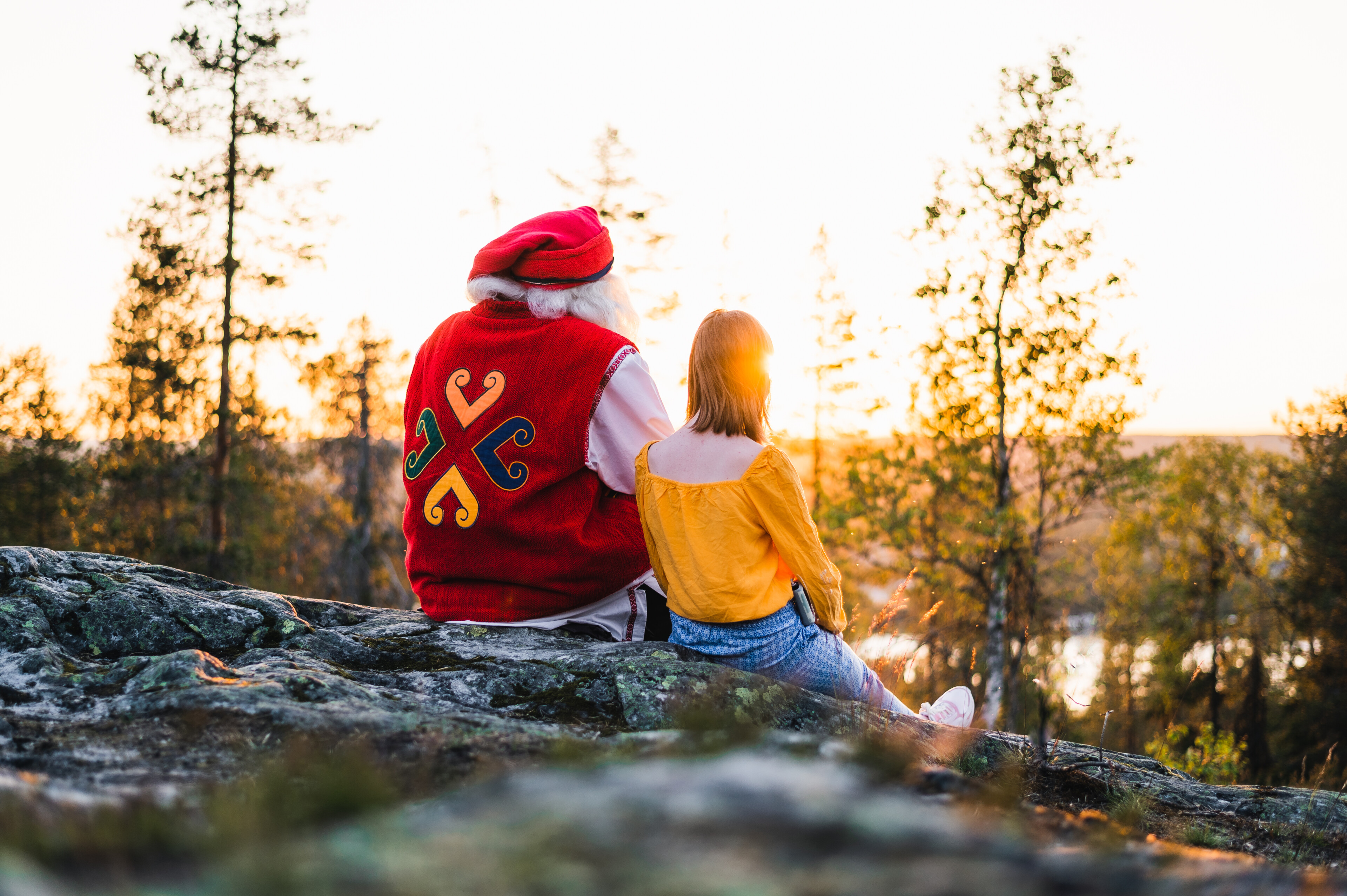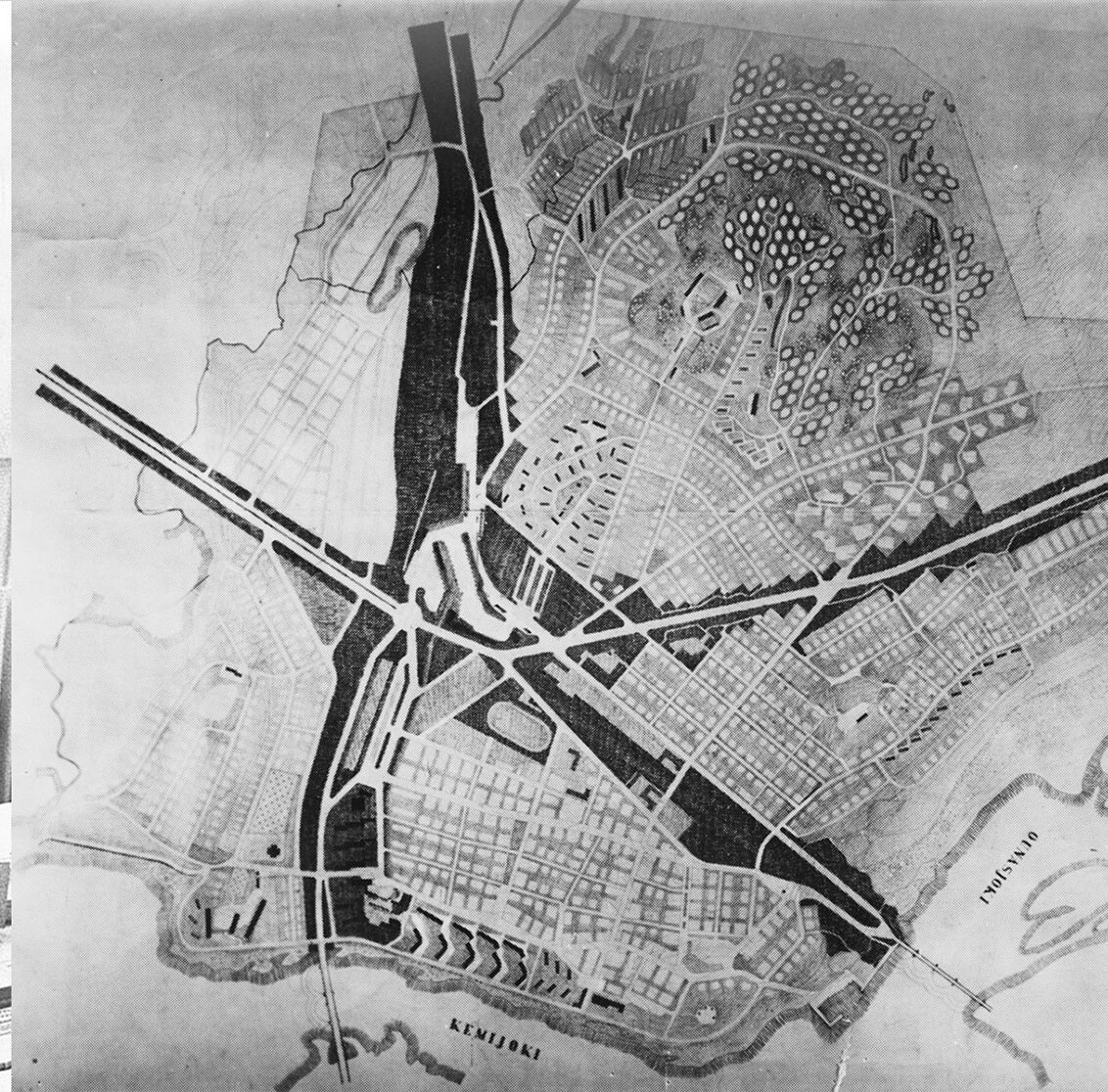
Facts and Figures about Rovaniemi
Rovaniemi is the Official Hometown of Santa Claus and the provincial capital of Lapland, situated on the Arctic Circle at the confluence of rivers Kemijoki and Ounasjoki. Besides being a popular travel destination, the town is the commercial, educational, administrative, cultural and sports centre of Lapland.
Visit Rovaniemi offers tourism related facts and figures about Rovaniemi, Lapland. Tourism is significant industry in Rovaniemi and Visit Rovaniemi provides information for media usage, to support investments and to measure the area’s vitality. Kindly find here more facts and details, and you are always welcome to ask more detailed figures and information.

Rovaniemi in nutshell
The number of citizens: 65 000
The number of reindeer: app. 12 450
In terms of geographic area, Rovaniemi is the largest town in Europe, spanning 8017 km² in all – Corsica is about the same size
The town is surrounded by approximately 30 villages
Located on the confluence of the river Kemijoki and the river Ounasjoki
Rovaniemi is home to Arctic Center, an insitution conducting multidisciplinary research in changes in the Arctic region.
Rovaniemi is a lively student town being home for app. 10 000 students.

Tourism facts
- Rovaniemi received the status of the Official Hometown of Santa Claus© in 2010
- UNICEF partner city in 2010 and ongoing collaboration that includes annual donation
- During winter 2023-2024, Rovaniemi has 24 direct flight connections from various European countries and Turkey
- Santa Claus can be met in Santa Claus Village every day of the year
- More than 600 000 annual visitors in Santa Claus Village
- Santa Claus Village is located on the Arctic Circle, latitude that runs 66°33′45.9″ north of the Equator
- Santa Claus’ Main Post Office receives about 500 000 letters from all over the world every year.
- Mrs Santa Claus has hers residence in Santa Claus Village too
- Santapark, Santa Claus’ home cavern, is located 50 metres under the ground. In Santapark visitors can undercross the Arctic Circle.

Rovaniemi’s history
- The history of Rovaniemi’s settlement dates back to the Stone Age, 8,000 years ago.
- In the 19th century, the main livelihoods of Rovaniemi were farming and cattle breeding. Fishing and hunting were important side industries.
- Since the end of the 19th century, Rovaniemi was an important traffic hub for log floating. Rovaniemi’s location at the confluence of two rivers made it an important center of traffic and trade.
- Rovaniemi was known for its large markets, which were organized three times a year: in February, Midsummer and in the fall.
- 1909 a railway connection opened to Rovaniemi.
- In 1940, the first runways of Rovaniemi Airport were completed.
- Ninety percent of Rovaniemi was destroyed during the Second World War.
- After the war, the architect Alvar Aalto designed the new reindeer antler city plan for Rovaniemi.
- Rovaniemi became a city on 1.1.1960
- The city and rural municipality were joined to form the new City of Rovaniemi in 2006